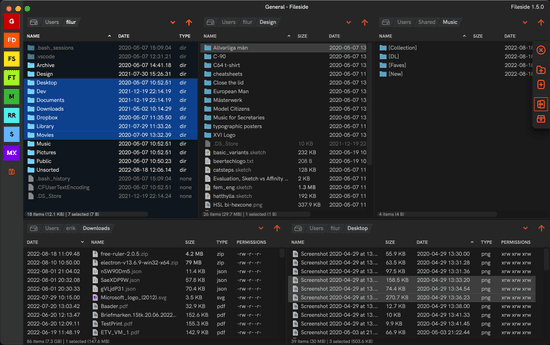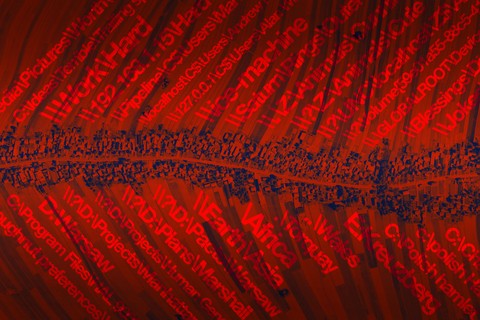
Release notes 0.3.1
I’ve been cave diving for the last few weeks. Exploring the depths of a particularly ancient, largely abandoned cave, harbouring a bewildering array of monsters with names such as CF_HDROP, SFGAOF, DV_E_FORMATETC and PCZZWSTR. Throughout the centuries, they’ve also had pet names like pdsh, g_pszTarget and m_rgfe lovingly bestowed upon them, to further confound the novice explorer. Prying the secrets from their withered claws required many attempts and a host of different tactics.
Luckily, we had an experienced dragon slayer to guide us, in the form of veteran caver Raymond Chen. His light-hearted, irreverent advice was crucial to the success of our endeavour.
It also became necessary to briefly visit another cave, much less forbidding than the first, with dragons of a more timid nature. They go by long-winded, but perfectly understandable names like NSDraggingSession, NSPasteboardItemDataProvider and sourceOperationMaskForDraggingContext, and thus their secrets could be revealed without too much fuss.
In short, what I’m trying to say is that I’ve spent an inordinate amount of time hacking in proper support for external drag & drop by writing native C++/Objective-C modules for Win32 and Cocoa and coaxing them into co-operating with Electron.
New features
Drag and drop to/from the outside world
Individual or multiple files can now be dragged out of Fileside into any other application, as well as into Fileside from Finder/Explorer respectively. This works largely as expected on Mac, but on Windows there are still a few glitches. Let’s see if you’re able to find them.
Without a fundamental shift in approach, this is unfortunately probably as good as it’s going to get for the time being.
Show loaded layout name in taskbar on Windows
This makes it easier to identify each Fileside instance.
Improvements
Listings update automatically on external changes
Bundled in this update is also a file system watcher, which listens for any changes to the folders displayed in Fileside, and updates their contents automatically.
Target pane becomes active on drop
After dragging a bunch of files onto a pane, that pane now immediately becomes active so that you can start using the keyboard on it directly.
Bug fixes
Crash when setting new pane contents
There was an occasional crash with the error “Cannot read property ‘getName’ of undefined”. This should now have been fixed.
Occasional scroll jumps when selecting files
There were some glitches in the behaviour of the new dynamically fetched directory listings in the last version. For example, if the Name column was wider than the pane itself, the view would scroll a little horizontally when selecting a file. Likewise, when clicking on the last file, there would be a little disconcerting jump. This is now gone.
PageUp/PageDown scroll view while renaming
Pressing PageUp or PageDown when renaming a file no longer messes things up.
Only show layout files in Layouts menu
The Layouts menu would previously show any old file or subfolder than happened to live in the layouts folder. It’s now being somewhat smarter about it.
Dialog text becomes selected after using Cmd/Ctrl-A on files
If using Cmd/Ctrl-A to select all files, and then dragging them somewhere else, the progress dialog would get all its text selected.
Keyboard focus not updated after renaming
After renaming a file, the keyboard focus now jumps along to the file’s new position in the listing.
Keyboard focus lost after clicking path input in inactive pane
Clicking on the path of an inactive pane, now properly sets the focus to the path input.




